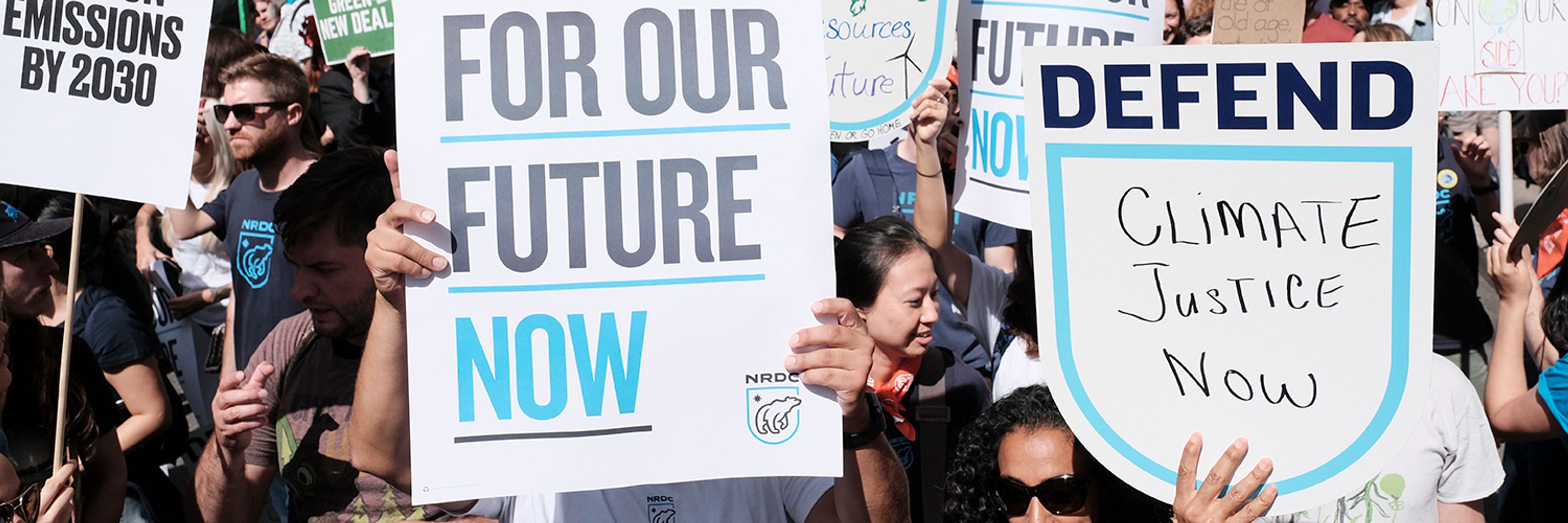NRDC
@nrdc.org
9.8K followers
53 following
410 posts
Natural Resources Defense Council | The Earth's Best Defense
Posts
Media
Videos
Starter Packs













